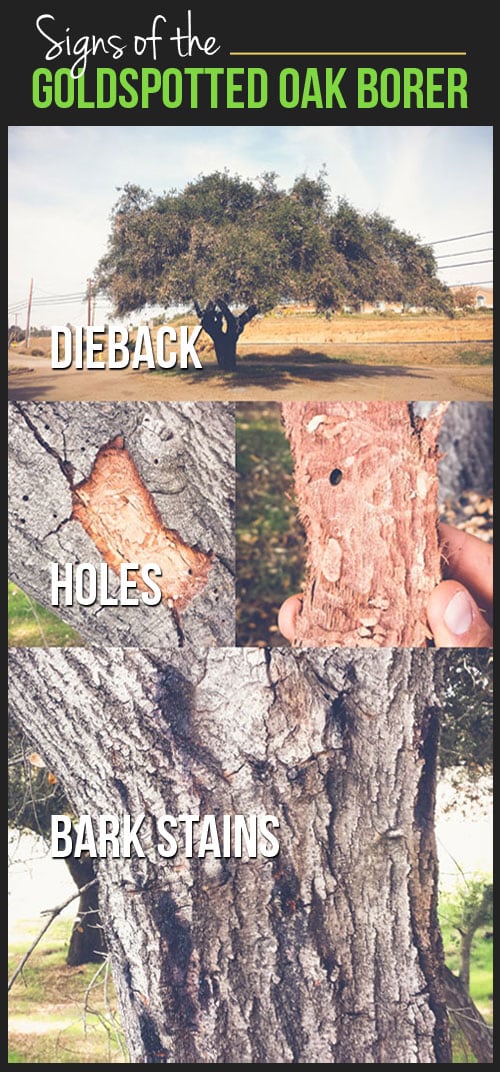Look For Essential Indications That Suggest Your Tree Could Be A Threat; Identifying These Can Aid Secure Your Residential Property And Those You Care About.What Should You Keep An Eye On Next?
Look For Essential Indications That Suggest Your Tree Could Be A Threat; Identifying These Can Aid Secure Your Residential Property And Those You Care About.What Should You Keep An Eye On Next?
Blog Article
Short Article By-McDonald Butcher
When it involves tree treatment, recognizing the indicators that it's time for elimination is necessary for your safety and residential property. You may see tarnished leaves, wilting branches, or odd fungal growths showing health problems. Architectural concerns, like a significant lean or splits in the trunk, can additionally posture dangers. Comprehending these indication can aid you make notified choices regarding your trees and protect against prospective threats lurking in your lawn. What should you seek next?
Indications of Decay and Illness
When you see indicators of decay and disease in your trees, it's essential to act quickly. Search for stained fallen leaves, wilting branches, or unusual growths like fungi. These can indicate that your tree is having a hard time.
If you see fractures in the bark or soft, mushy wood, these signs recommend interior decay. In addition, an abrupt increase in pests around your tree can signify that it's weakened and vulnerable.
Check for any type of dead or dying limbs, as they position a risk to your property and safety and security. If you doubt regarding what you see, consulting an arborist can give quality.
Addressing these indications early can conserve you from more comprehensive damages and guarantee the health and wellness of your backyard. Do not wait until it's too late.
Structural Instability and Leaning
As you observe your trees, watch out for any indicators of structural instability or leaning. If a tree leans considerably, it might show that the root system is jeopardized.
Look for any kind of fractures in the trunk or soil around the base; these can signal potential failure. In addition, look for uncommon growth patterns, like an unbalanced crown, which might recommend that the tree is struggling to hold itself upright.
If Read the Full Document notice that the tree leans toward your home, power lines, or other structures, it postures a greater risk. Do not disregard these indications-- speak with an arborist to examine the circumstance.
Doing something about it early can prevent pricey damages and ensure your safety.
Dead or Dying Branches and Foliage
If you notice dead or passing away branches and foliage on your tree, it's a clear indication that something's incorrect.
These unhealthy areas can show underlying problems like condition, pest infestations, or environmental anxiety. When branches lose their fallen leaves or turn brownish, they're no longer adding to the tree's wellness. Ignoring these indications can bring about additional decline, making your tree much more unsafe.
Dead branches can easily break short throughout storms, presenting a threat to building and individuals nearby. It's critical to evaluate the degree of the damage.
If the trouble affects a substantial part of the tree, think about seeking advice from a specialist. They can aid determine if elimination is essential to guarantee security and keep the beauty of your landscape.
Final thought
If you notice any signs of decay, architectural instability, or dead branches on your trees, do not overlook them. These indications can pose severe security dangers to you and your building. simply click the up coming website page 's constantly best to get in touch with a professional arborist who can offer a professional evaluation of your trees. Acting early can avoid accidents and pricey damages, ensuring your landscape continues to be risk-free and healthy. Remember, it's much better to be aggressive about tree care than to await a disaster to take place.
